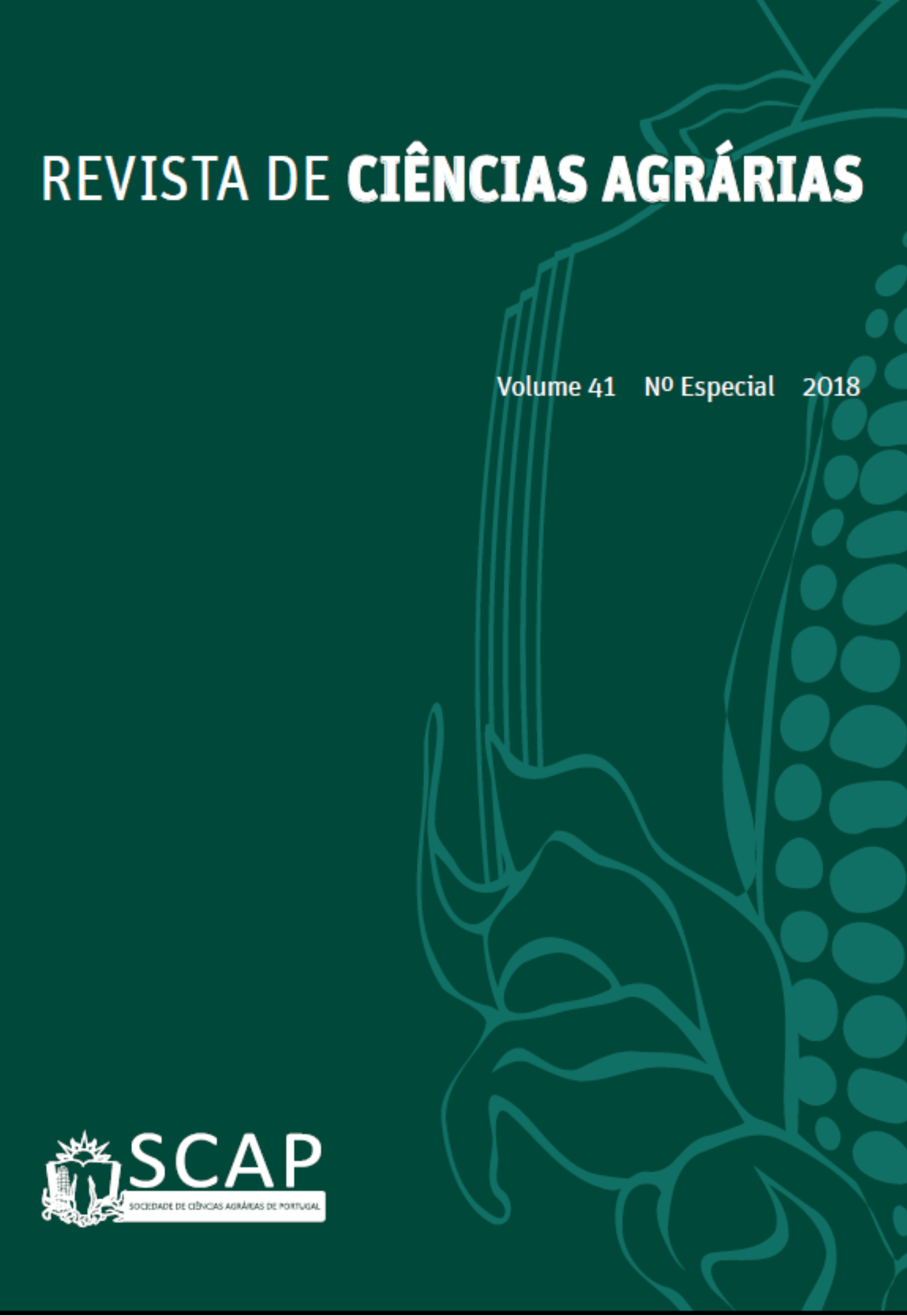Characterization of endophytes of grapevine belonging to Epicoccum nigrum complex and its interaction with grapevine trunk fungi
DOI:
https://doi.org/10.19084/rca.17069Abstract
Endophytes of the Epicoccum genus are often isolated from the grapevine wood associated or not with pathogenic fungi such as Fomitiporia mediterranea, Phaeomoniella (Pa.) chlamydospora, Phaeoacremonium (Pm.) minimum (sin. Pm. aleophilum) and "Botryosphaeriaceae". However, the effect of those endophytes on cohabiting grapevine wood fungi is unknown. The present study aimed to evaluate the variability of a collection of endophytes, of Epicoccum (Epic) genus, obtained from the grapevine wood and to contribute to a better understanding of the interactions that it establishes with pathogenic fungi of grapevine, in vitro. Based on cultural characteristics and sequencing of part of the β-tubulin gene (TUB2), the isolates were grouped into four clusters within the E. nigrum complex, which proved to be a complex of cryptic species. To evaluate the interactions between Epic and the grapevine trunk fungi, the collection was first screened against a "Botryosphaeriaceae" fungus, the Epic 2 isolate appearing among those that showed significantly higher antagonistic activity (α = 0.05). Epic 2 also inhibited significantly the mycelial growth of fungi from the esca complex, Pa. chlamydospora (45.8%), F. mediterranea (42.7%) and Pm. minimum (18.8%). The mechanisms of interaction between endophytes and pathogenic grapevine trunk fungi are discussed, as well as the potential presented by Epic 2 as an antagonist.


